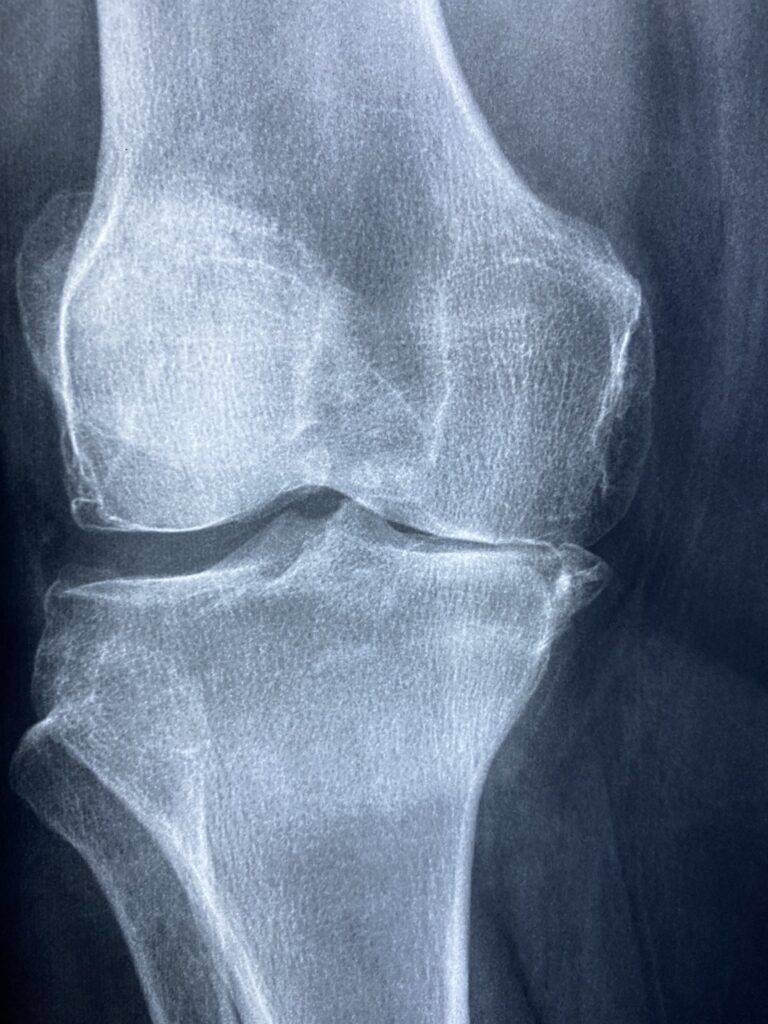Understanding Heart Diseases: Types, Symptoms, and Treatment
Introduction to Heart Diseases: Heart disease, also known as cardiovascular disease, refers to a range of conditions that affect the heart and blood vessels. It is the leading cause of death worldwide, accounting for millions of deaths each year. Understanding the different types of heart diseases, their symptoms, risk factors, and treatment options is crucial for prevention, early detection, and management.
Types of Heart Diseases:
- Coronary Artery Disease (CAD): CAD occurs when plaque builds up inside the coronary arteries, narrowing or blocking blood flow to the heart muscle. This can lead to chest pain (angina), heart attacks, and other complications.
- Heart Failure: Heart failure occurs when the heart cannot pump enough blood to meet the body’s needs. It can result from conditions such as CAD, high blood pressure, or cardiomyopathy and can lead to symptoms like shortness of breath, fatigue, and swelling.
- Arrhythmias: Arrhythmias are abnormal heart rhythms that can cause the heart to beat too fast (tachycardia), too slow (bradycardia), or irregularly. Common types include atrial fibrillation, ventricular fibrillation, and supraventricular tachycardia.
- Heart Valve Disorders: Heart valve disorders involve problems with the heart’s valves, which regulate blood flow between the heart chambers. Conditions such as aortic stenosis, mitral regurgitation, and mitral valve prolapse can impair valve function and affect blood circulation.
- Congenital Heart Defects: Congenital heart defects are structural abnormalities present at birth, affecting the heart’s chambers, valves, or blood vessels. These defects can vary in severity and may require surgical intervention or other treatments.
- Cardiomyopathy: Cardiomyopathy is a disease of the heart muscle that weakens and enlarges the heart, making it harder to pump blood effectively. Types include dilated cardiomyopathy, hypertrophic cardiomyopathy, and restrictive cardiomyopathy.
Symptoms of Heart Diseases:
- Chest pain or discomfort (angina)
- Shortness of breath
- Fatigue
- Swelling in the legs, ankles, or abdomen
- Irregular heartbeat (palpitations)
- Dizziness or lightheadedness
- Nausea or vomiting
- Fainting spells
- Cold sweats
Risk Factors for Heart Diseases:
- High blood pressure
- High cholesterol
- Smoking
- Diabetes
- Obesity
- Physical inactivity
- Poor diet
- Excessive alcohol consumption
- Family history of heart disease
- Age (risk increases with age)
Diagnosis of Heart Diseases:
- Physical examination
- Medical history review
- Blood tests (e.g., lipid profile, cardiac enzymes)
- Electrocardiogram (ECG or EKG)
- Echocardiogram
- Stress tests (e.g., treadmill stress test, nuclear stress test)
- Cardiac catheterization
- CT scan or MRI of the heart
Treatment Options for Heart Diseases:
- Lifestyle Modifications: Adopting a heart-healthy lifestyle, including regular exercise, a balanced diet, smoking cessation, weight management, and stress reduction.
- Medications: Prescribed medications such as statins, beta-blockers, ACE inhibitors, diuretics, and blood thinners to manage symptoms, control blood pressure, and reduce the risk of complications.
- Interventional Procedures: Minimally invasive procedures such as angioplasty, stenting, or coronary artery bypass grafting (CABG) to restore blood flow to the heart or repair damaged vessels or valves.
- Implantable Devices: Devices such as pacemakers, implantable cardioverter-defibrillators (ICDs), or cardiac resynchronization therapy (CRT) devices to regulate heart rhythm or improve heart function.
- Surgical Treatments: Surgical interventions such as valve repair or replacement, heart transplant, or left ventricular assist device (LVAD) implantation for severe or refractory cases.
Conclusion: Heart diseases encompass a broad spectrum of conditions that can affect individuals of all ages and backgrounds. While some risk factors are beyond our control, many are modifiable through lifestyle changes and preventive measures. By promoting heart-healthy habits, raising awareness, and seeking timely medical attention, we can reduce the burden of heart disease and improve cardiovascular health outcomes for individuals and communities worldwide. Early detection, accurate diagnosis, and comprehensive treatment plans tailored to individual needs are essential for managing heart diseases effectively and enhancing quality of life.




